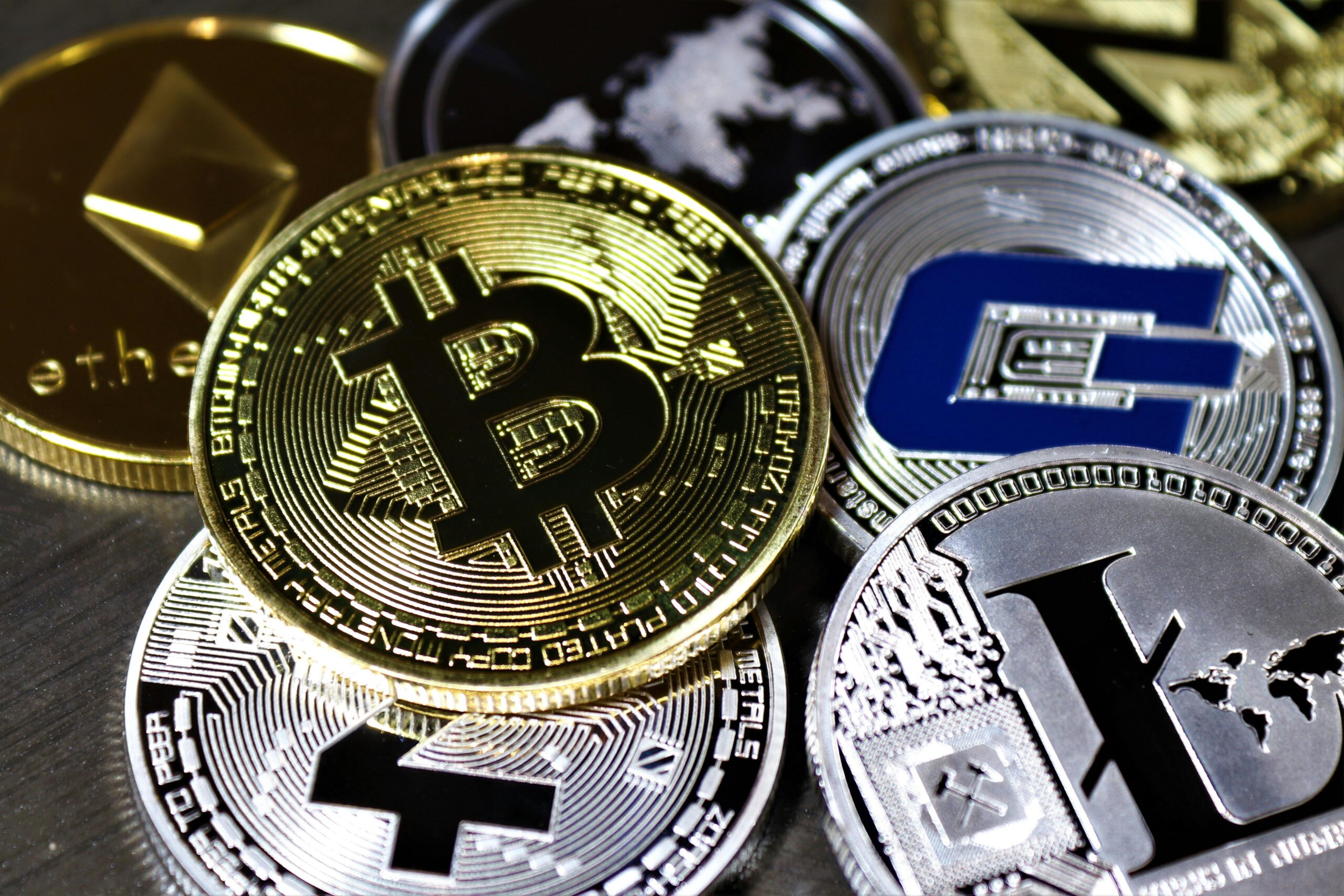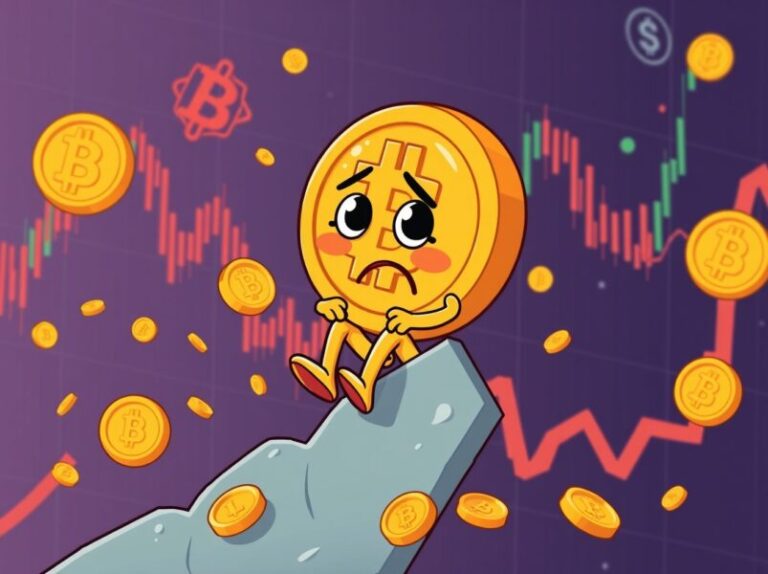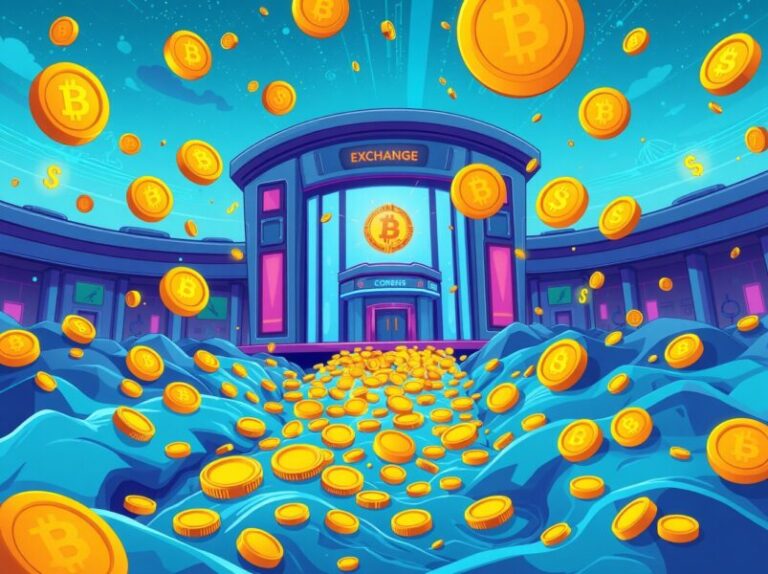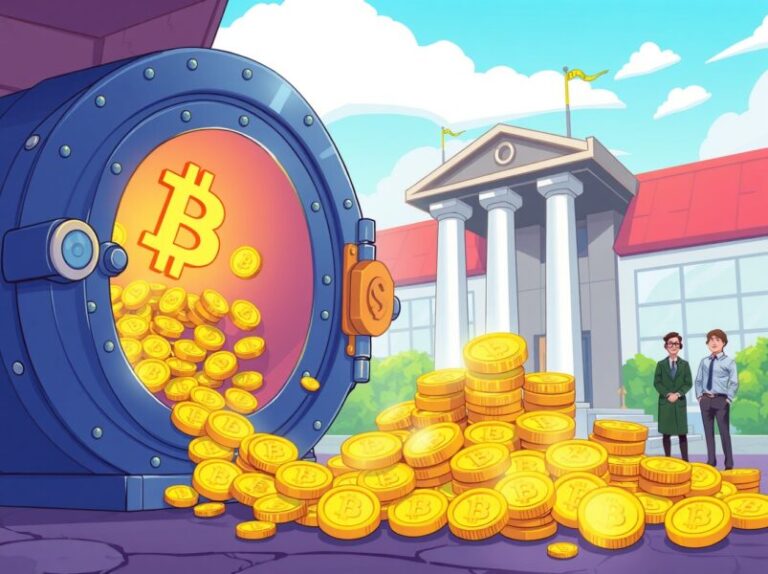As the cryptocurrency landscape evolves, Ethereum, Solana, and Avalanche continue to dominate discussions around scalability, security, and innovation. Each of these blockchains presents unique advantages, but which one is best positioned for long-term growth? This article explores their strengths, weaknesses, and market potential to determine which altcoin might lead the next crypto cycle.Ethereum: The Smart …
Ethereum vs. Solana vs. Avalanche: Which Altcoin Is Poised for Growth?

As the cryptocurrency landscape evolves, Ethereum, Solana, and Avalanche continue to dominate discussions around scalability, security, and innovation. Each of these blockchains presents unique advantages, but which one is best positioned for long-term growth? This article explores their strengths, weaknesses, and market potential to determine which altcoin might lead the next crypto cycle.
Ethereum: The Smart Contract Pioneer
Ethereum, the first blockchain to introduce smart contracts, remains the dominant platform for decentralized applications (dApps) and DeFi projects. However, it has faced challenges, particularly with scalability and high gas fees.
Strengths:
- Network Effect: Ethereum has the largest developer community and the most widely adopted ecosystem.
- Security and Decentralization: As a Proof-of-Stake (PoS) network, Ethereum remains highly secure and decentralized.
- Layer 2 Solutions: Rollups like Optimistic and zk-Rollups are significantly improving Ethereum’s scalability and transaction costs.
- Enterprise Adoption: Institutional investors and major corporations continue to build on Ethereum.
Challenges:
- High Gas Fees: Despite upgrades, Ethereum’s network congestion still results in high transaction costs.
- Scalability Limitations: While Ethereum 2.0 and Layer 2 solutions aim to solve scalability issues, competition from newer blockchains persists.
Solana: The High-Speed Contender
Solana has gained popularity for its high-speed transactions and low fees, making it an attractive choice for DeFi and NFT applications. It utilizes a hybrid Proof-of-History (PoH) and Proof-of-Stake (PoS) consensus mechanism.
Strengths:
- Speed: Solana processes over 65,000 transactions per second (TPS), far exceeding Ethereum’s current throughput.
- Low Fees: Transaction fees on Solana are a fraction of Ethereum’s costs.
- Growing Ecosystem: Solana has become a hub for NFT marketplaces and DeFi projects, with platforms like Magic Eden and Serum gaining traction.
- Developer-Friendly Environment: Its efficient architecture attracts developers looking for high-performance dApp development.
Challenges:
- Network Stability Issues: Solana has experienced multiple outages, raising concerns about its reliability.
- Centralization Risks: A small number of validators control a large portion of the network, leading to criticism regarding decentralization.
- Competition: While Solana is a strong Ethereum alternative, networks like Avalanche and Polygon continue to innovate.
Avalanche: The Scalable and Interoperable Alternative
Avalanche is a blockchain designed for fast transactions, low fees, and interoperability with Ethereum and other networks. It uses a unique subnet architecture that allows developers to create customized blockchains.
Strengths:
- High Scalability: Avalanche can process 4,500 TPS, significantly higher than Ethereum.
- Low Fees: Transactions on Avalanche are cost-efficient compared to Ethereum.
- Interoperability: The Avalanche Bridge enables seamless asset transfers between Ethereum and Avalanche.
- Customizable Subnets: Developers can build their own blockchain networks with specific rules, making Avalanche an attractive option for enterprises.
Challenges:
- Adoption Lag: While Avalanche has grown significantly, it still lacks Ethereum’s extensive developer and user base.
- Security Concerns: The relatively new nature of its consensus mechanism raises questions about long-term security and resilience.
Which Blockchain is Poised for Growth?
Each blockchain has distinct advantages, making the choice largely dependent on use cases:
- For Security & Network Effect: Ethereum remains the dominant smart contract platform, with unmatched institutional adoption.
- For Speed & Cost Efficiency: Solana is a great choice for retail DeFi users and NFT creators.
- For Scalability & Interoperability: Avalanche’s unique architecture allows for the creation of efficient, custom blockchain solutions.
Conclusion
Ethereum, Solana, and Avalanche all bring unique innovations to the crypto space. Ethereum’s established ecosystem and security make it a long-term leader, but Solana’s speed and Avalanche’s scalability offer compelling alternatives. As crypto adoption grows, all three networks could thrive, but their ultimate success depends on ongoing improvements and real-world adoption.









